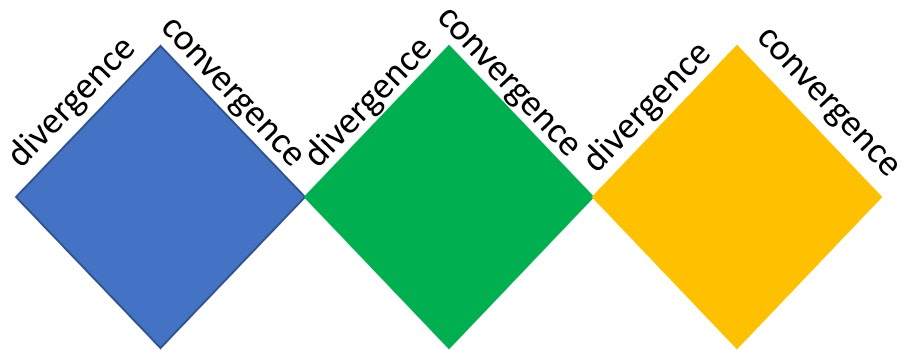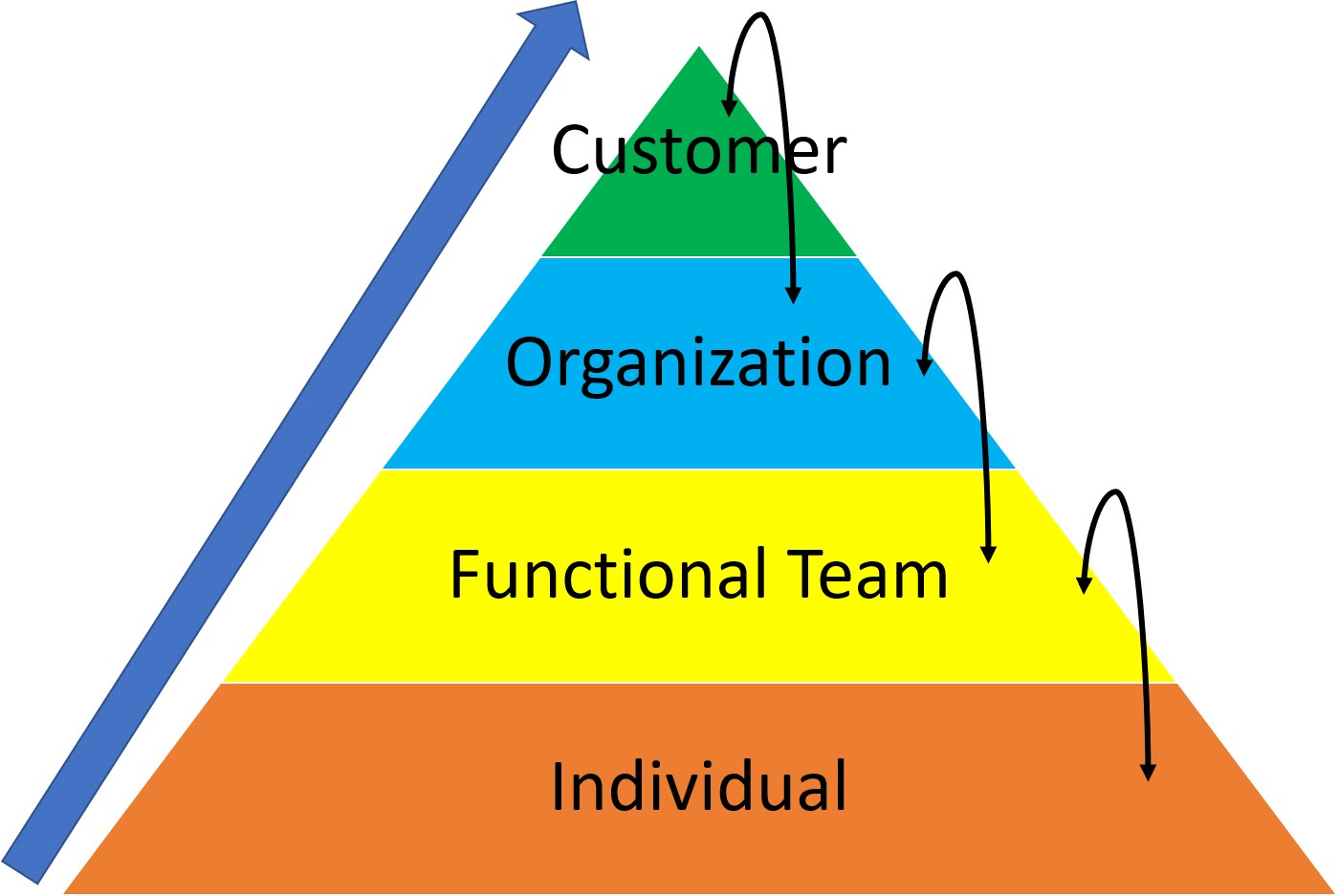Thank you for your feedback last week on my request. When i analyze the input, most revolves around "how can one be effective in a professional life and how we achieve result in work or business." Some concerns about bringing ownership to the young generations to achieve organizational goals.Something related to the family business, conflict management, and delegation in general.
I observe a gap between what we intend or plan to do and what we achieve. That gap is due to execution capabilities. We want to get things done but struggle to get them for various reasons.

Hence, we initiate a new series on "Developing the Execution Capabilities" in a professional environment as an individual and an organization.
Why do we need to develop the execution capabilities?
- One of the studies says that only 8 % of the leaders are good at planning and delivering results. The remaining 92 % of the leaders are either good only at planning but lacks execution skill or struggle with both effective planning and execution.
For example, we might have experienced many times that we plan to follow some good habits but give up soon. That is an execution discipline problem at an individual level.
Similarly, we may plan to achieve some level of business growth every year at an organizational level. Still, for many years, we may be stagnant at the same level of growth performance. That is due to execution problems at the organizational level.
Execution problems may be a common phenomenon for any professional and organization. Unless we understand the execution process and develop the capabilities, there will not be much progress in professional life.
- Success and Growth come from implementing actions and delivering results, not just from planning or strategy or simply ideas. Execution is the critical differentiator between performers and nonperformers. The world admires performers only.
However, developing the execution capability is not as easy as learning concepts, tools, and techniques. It is a mix-up of managerial process and art.
Execution capability encompasses the following.
1. Personal Leadership or how we organize ourselves
2. Inspiring and Influencing others to get things done
3. In-depth knowledge about our work or business environment
Let us discuss developing the capabilities, the set of behaviors in each aspect, and some insights from effective personalities in this Series.






 Sometimes they spend time with the team to resolve the problem. They display both distant and friendly behavior towards problem-solving. Uncertainty in predicting the behavior.
Sometimes they spend time with the team to resolve the problem. They display both distant and friendly behavior towards problem-solving. Uncertainty in predicting the behavior. is in solving an issue of any kind and operating with the belief that their core responsibility is to solve the problem irrespective of assigning ownership.
is in solving an issue of any kind and operating with the belief that their core responsibility is to solve the problem irrespective of assigning ownership. 

 )
)